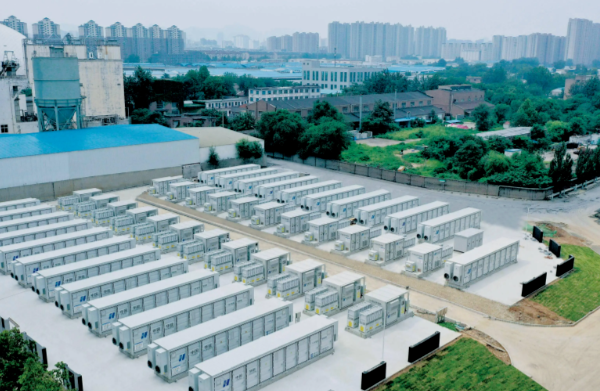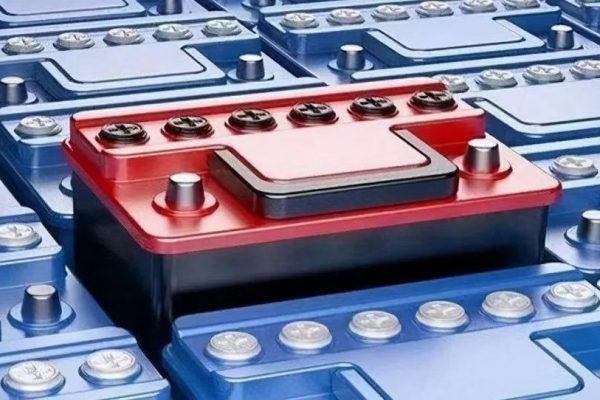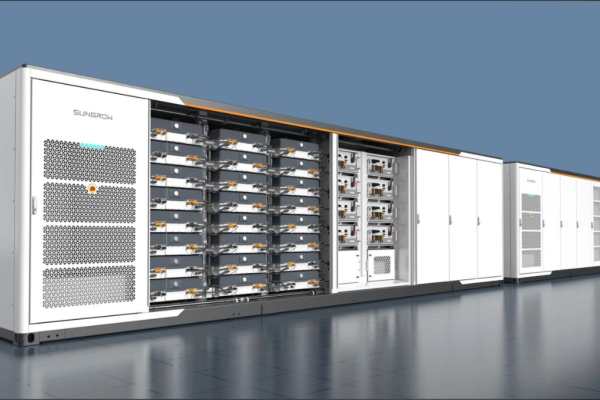A Transparent Look at System Components, Pricing, and Buyer Considerations
A 10kWh home energy storage system (ESS) is one of the most popular capacities for residential users seeking backup power, self-consumption optimization, or energy independence. But what exactly goes into the cost of such a system? For EPCs, distributors, and end-users alike, understanding the true cost structure helps with budgeting, supplier negotiation, and value engineering.
This article breaks down the typical bill of materials, adds perspective on international procurement, and provides benchmarks for cost analysis.
⚙️ What Is a “10kWh Home ESS”?
A 10kWh residential ESS usually includes:
- Lithium Battery Pack (10kWh usable)
- Hybrid Inverter (3–8kW range)
- Battery Management System (BMS)
- Mounting brackets / enclosures (wall or floor)
- Cables, breakers, monitoring tools
- Optional: Solar panels, EMS, smart meter
Whether the battery and inverter are integrated into one unit or sold separately, most systems today are hybrid-capable and designed to support both grid-tied and off-grid applications.
💰 Cost Breakdown by Component (FOB Pricing Estimate)
Here’s a typical manufacturer-level FOB cost structure for a 10kWh LFP-based ESS (China origin), accurate as of 2025:
| Component | Typical Range (USD) | Notes |
|---|---|---|
| 10kWh LiFePO₄ Battery Pack | $2,200 – $2,800 | Includes BMS, case, communication ports |
| 5–6kW Hybrid Inverter | $450 – $750 | With Wi-Fi, MPPT, and battery port |
| Cabinet / Mounting Structure | $80 – $150 | Wall-mount or stackable floor stand |
| DC & AC Cabling / Breakers | $60 – $120 | Varies with region and installer practice |
| Basic Monitoring System | Included / <$50 | Often bundled with inverter |
| Packing & Export Handling | $30 – $60 | Wooden box, export certification, labels |
💡 Total FOB Range: $2,850 – $3,900 USD depending on brand, spec, and scale.
📦 Optional Add-Ons (Not Always Included)
| Add-On | Extra Cost (USD) | Comment |
|---|---|---|
| Solar Panels (3–6kW) | $650 – $1,600 | Monocrystalline, Tier 1 or 2 brands |
| Smart Energy Meter | $80 – $250 | Required for dynamic export limit |
| Wi-Fi / 4G Dongle Upgrade | $30 – $90 | For remote monitoring |
| EMS Platform Subscription | $0 – $80/year | Some platforms charge for full features |
🔍 Cost Breakdown by Percentage
To help EPCs and technical buyers analyze pricing, here’s a percentage-based breakdown for a typical system:
| Item | % of Total System Cost |
|---|---|
| Battery Pack | ~65% |
| Hybrid Inverter | ~15% |
| Enclosure + Accessories | ~10% |
| Cables, Fuses, Connectors | ~5% |
| Logistics & Certification | ~5% |
🧮 Insight: Battery remains the dominant cost factor. Efficiency in battery procurement and logistics offers the highest leverage for cost reduction.
🌍 Regional Cost Drivers to Consider
| Region | Impact on Cost | Notes |
|---|---|---|
| Africa | +10–30% landed cost | High freight, duties, limited local tech support |
| Middle East | Moderate | Varies with solar import tax and inverter approval |
| Europe | +15–25% landed cost | Certification (CE, TUV), warehousing adds cost |
| Southeast Asia | Low to Moderate | Competitive if local installer is skilled |
🧾 Other Costs Beyond Hardware
Don’t forget these non-material but essential cost components:
| Cost Category | Estimate / Range | Remarks |
|---|---|---|
| Installation labor | $300 – $1000 | Varies by country and system layout |
| Permitting / Inspection | $100 – $600 | Grid-tied projects usually required |
| After-sales service | ~$200/system/year | Spare parts, firmware, local support |
| Warranty buffer | Add 3–5% of cost | If offering warranty via distributor |
🧠 Key Questions Buyers Should Ask
Before making a purchasing decision, smart clients will ask:
- Is the battery usable capacity truly 10kWh (not gross)?
- What’s the inverter’s MPPT range and battery compatibility?
- Is the BMS protocol compatible with the inverter (CAN/RS485)?
- Can I expand capacity later (modular)?
- What’s the warranty and claim process?
A 10kWh home energy storage system typically ranges from $2,800 to $5,000 FOB, depending on specs and supplier. With battery costs comprising over 60% of the total, careful sourcing and technical matching are crucial.
If you’re an SME EPC or technical trader, breaking down the system in this way helps you build transparent quotes, optimize your supply chain, and differentiate your offering with confidence.









